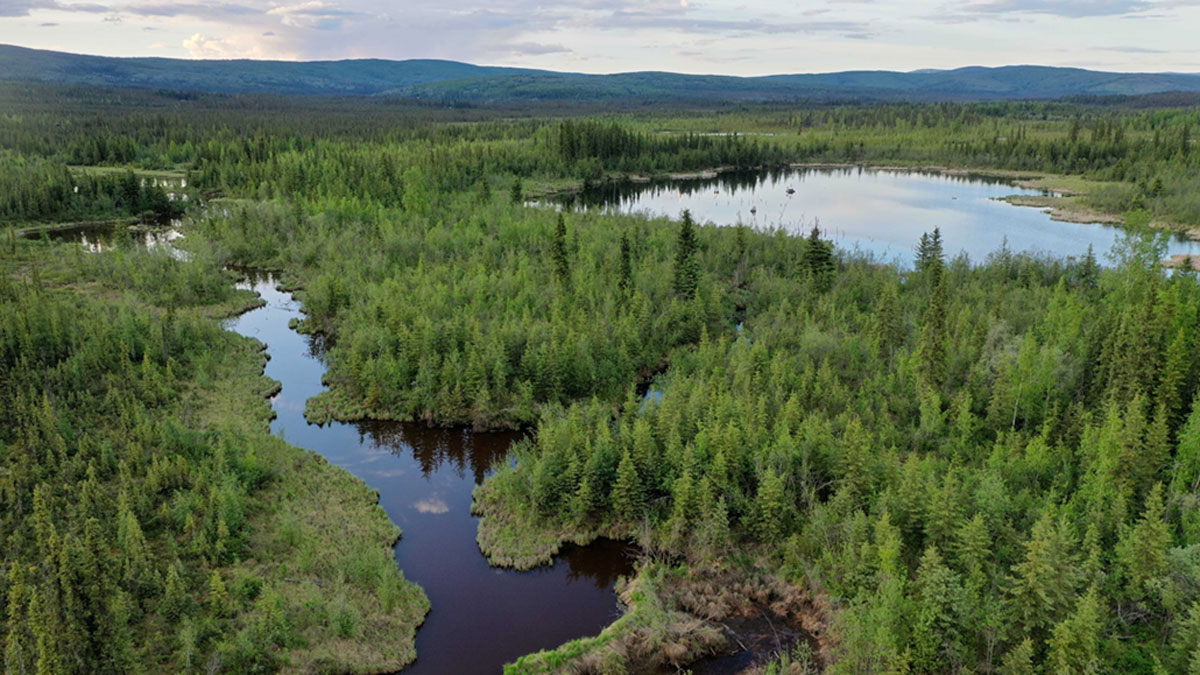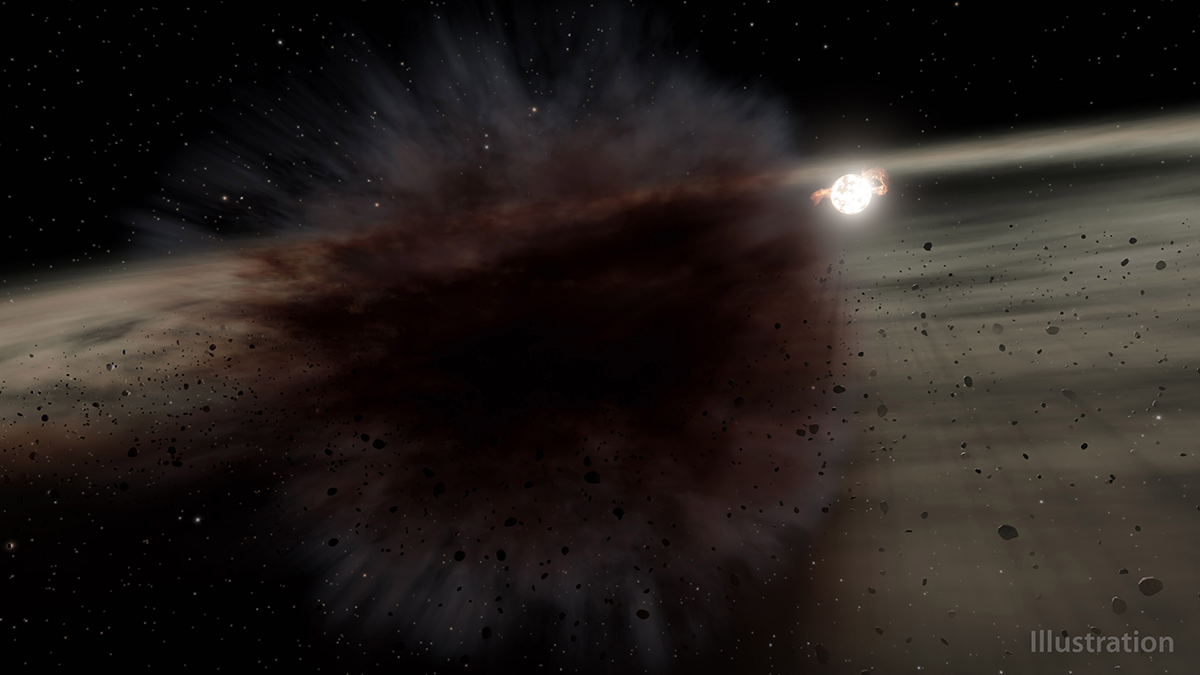A visit to an Alaskan wetland with some of the world’s highest lake marsh methane emissions brings scientists one step closer to understanding the phenomenon.
unsolved mysteries
Molten Meteorites Didn’t Deliver Earth’s Water
A new study has ruled out large, once-molten meteorites called achondrites as sources of Earth’s water.
Asteroid Impacts Could Have Warmed Ancient Mars
Hydrogen released during large impacts might have boosted Mars’s surface temperature above freezing for thousands or even millions of years, enabling liquid water to flow over the Red Planet.
Hydrogen May Push Some Exoplanets off a Cliff
High-pressure reactions of hydrogen and iron could explain gaps in the distribution of exoplanets.
El hierro está en el centro de este debate de las ciencias de la Tierra
Un nuevo estudio investiga el estado del hierro en el interior del planeta. Los hallazgos tienen repercusiones para comprender la estructura del núcleo interno.
Newly Discovered Salts May Exist on Icy Moons
For the first time in more than a century, scientists have identified new sodium chloride crystals. The discovery may reconcile puzzling spectroscopic images of Europa’s surface.
Better Resolution Might Unlock the Mystery of Storms
Climate models have many persistent and systematic biases, but a new study shows that allowing for a physical rather than statistical representation of energy transport reduces one of them.
Iron Is at the Core of This Earth Science Debate
A new study investigates iron’s form at the planet’s interior. The findings have repercussions for understanding the inner core’s structure.
Making Sense of the Great Barrier Reef’s Mysterious Green Donuts
Researchers set sail to the Great Barrier Reef to study how ring-shaped algae deposits formed and evolved, what feeds them, and the diversity of creatures that call them home.
Marauding Moons Spell Disaster for Some Planets
In solar systems beyond our own, some moons might eventually collide with their host planets, new simulations suggest.










